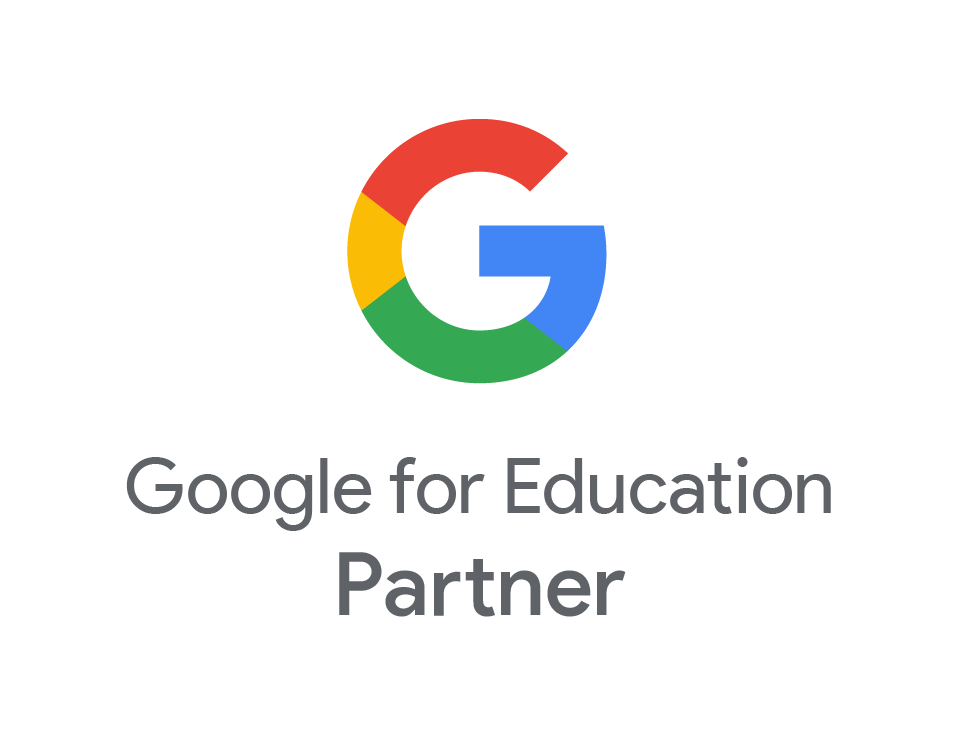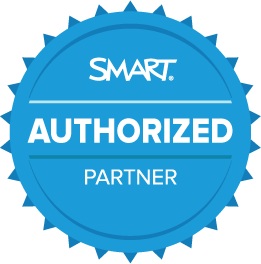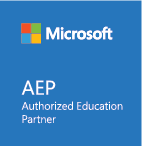Which Tech Investments Are Accelerating Student Learning?
- Dec
- 01

If there was ever a doubt of tech’s importance in the classroom, The Pandemic certainly underscored just how essential it’s become. Global funding to edtech companies soared to $20B in 2021, up about $6B from the previous year.
But which investments are worth the price tag?
If you’re looking for edtech that’s most likely to accelerate student learning, concentrate your efforts here.
Tools That Will Protect Schools and Students
Children are online at a younger age than ever before – people under 18 account for an estimated one in three Internet users globally. With the troubling spike in cyber threats, educators have a responsibility to help students develop a healthy, responsible relationship with technology.
Given that every 39 seconds, there is a new attack somewhere on the web, students must be taught how to manage, rather than avoid, risks online.
Safeguarding school networks, users, devices, and data is an even bigger job. Google for Education products offer built-in protections and best-in-class security like:
- Alert Centre: Provides a complete view into security with notifications, alerts, and actions
- Identity and access management: Manage access to tools with two-factor authentication, single sign-on, and password management
- Data loss prevention (DLP): Helps prevent the loss or theft of data by allowing you to set your own rules and policies
- Proactive prevention: Tighten your security across your domain with security health monitoring and best practices recommendations
- Advanced detection: Provides analytics and insights through your security centre dashboard to help you address security risks
- Quick remediation: Remediate malware, phishing, spam, and other cyberattacks by quickly identifying issues and taking action from a central console
Tech That Will Prepare Students for the Workforce
A big part of being workforce-ready hinges on a student’s ability to navigate various technologies like digital workspaces, communication platforms, and new programs. Still, educators can’t lose sight of the soft skills that back them.
Preparing students based on technical expertise alone may not get them very far. Instead, schools should focus on evergreen skills like collaboration, critical thinking, problem solving, and even empathy. All of which are abilities that are unlikely to be replicated by tech itself.
According to the World Economic Forum, headhunters and corporate recruiters want candidates and modern leaders who can:
- Actively listen to others.
- Empathise genuinely with others’ experiences.
- Persuade people to work toward a common goal.
- Communicate clearly – or, “touch the chords of listeners.”
Devices and Solutions That Let Students Lead the Way
Student autonomy is directly correlated with student success – both within and beyond the school system.
Rob Houben, Head of School at Agora, tells Google Edu, “Schools are finally beginning to realise that you can’t force passion and motivation upon students. We know that it is not your IQ, but your passion and motivation that are the keys to success. So, if we can start with the student’s interests, we can build skills and knowledge from there. Then, learning comes in overdrive and students are set up well to become lifelong learners.”
Once schools ensure students have access to the devices and solutions that make student-led learning possible, all that’s left is to get out of the way and facilitate as needed.
Edtech Empowering Parents to Empower Students
In addition to language barriers and a wide range of technology literacy, 32% of global parents say that the lack of information from their child’s school on how they can help is a major obstacle to their involvement in their child’s education.
Dr. Hanna Dumont, Educational Psychologist and Researcher in International Education, shares why this communication breakdown can be so damaging: “Collaboration between parents and teachers would not only be helpful for parents, but also be helpful for teachers to know more about the environmental conditions and the family situation where students are coming from, because most of the differences in student outcomes are actually shaped by families and not by schools.”
If you’re looking for tech that opens the communication channels (and keeps them that way) make sure the barrier for entry is low. Use simple solutions and consider enlisting liaisons that help with IT issues or give tutorials in other languages.
Ultimately, the tech investments you make need to be specific to your student body. From there, you can reverse engineer your way into the tech accelerators that set your learners on the path of their personal potential.






